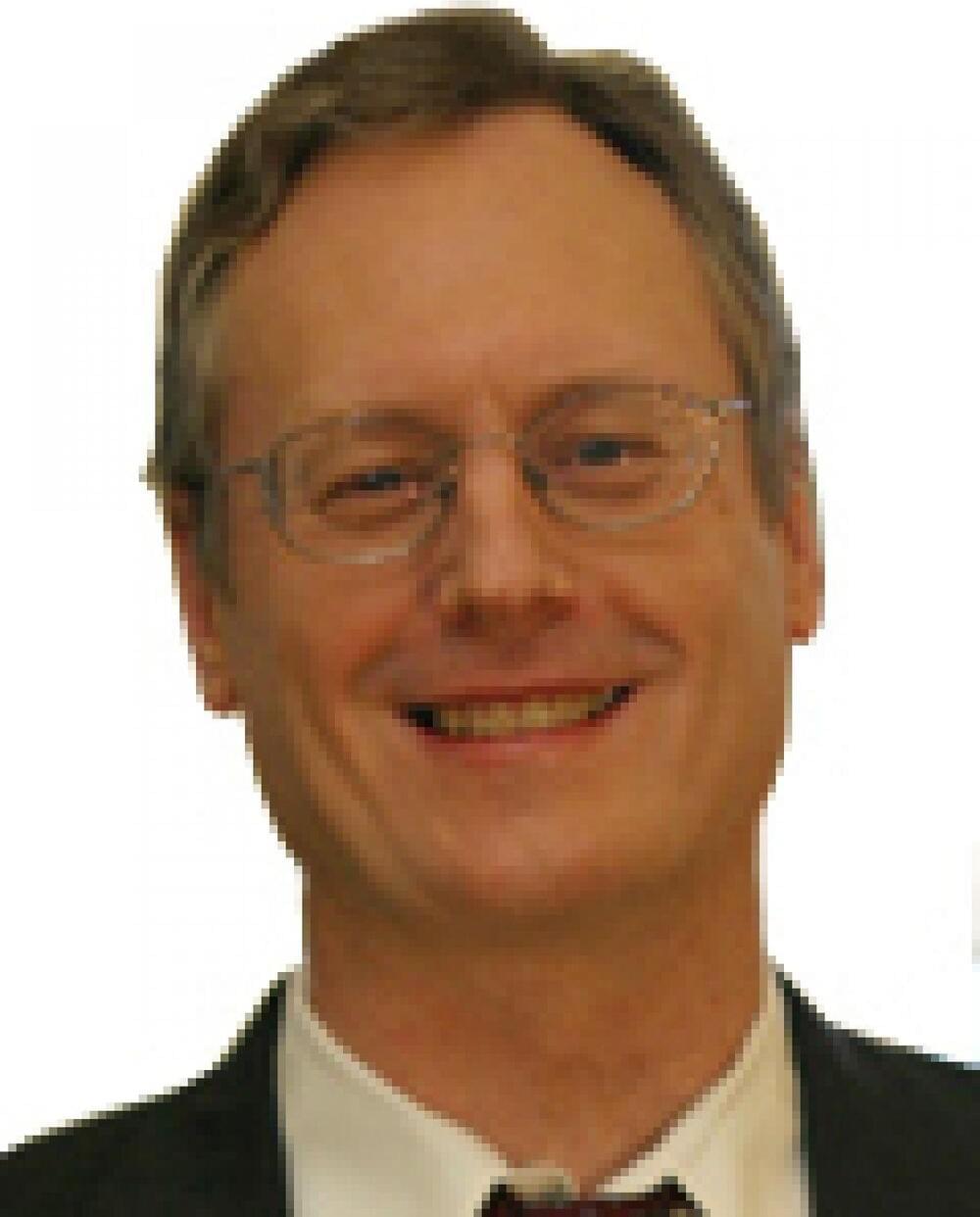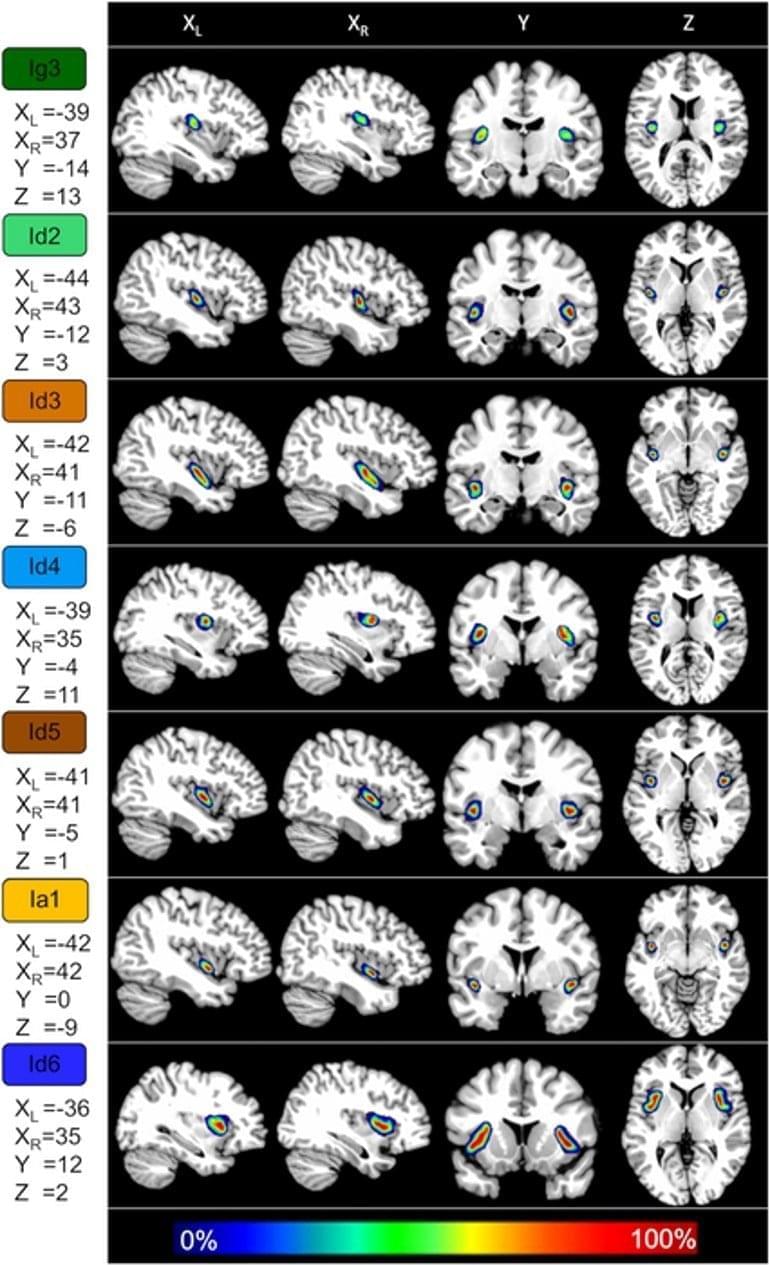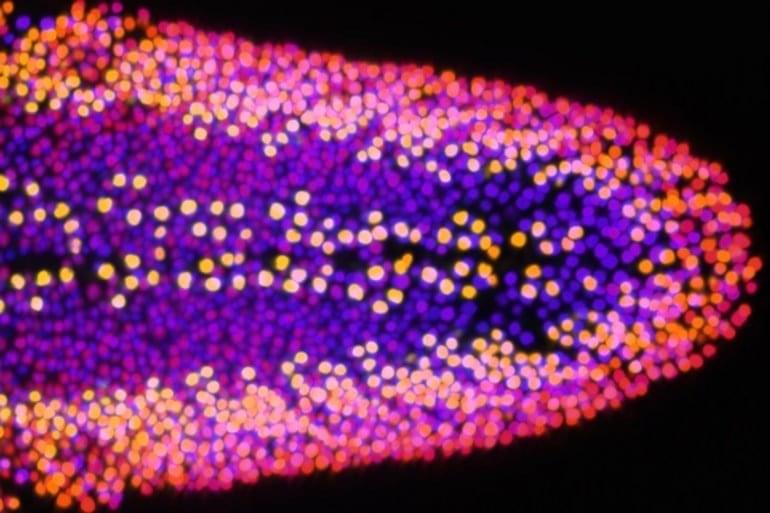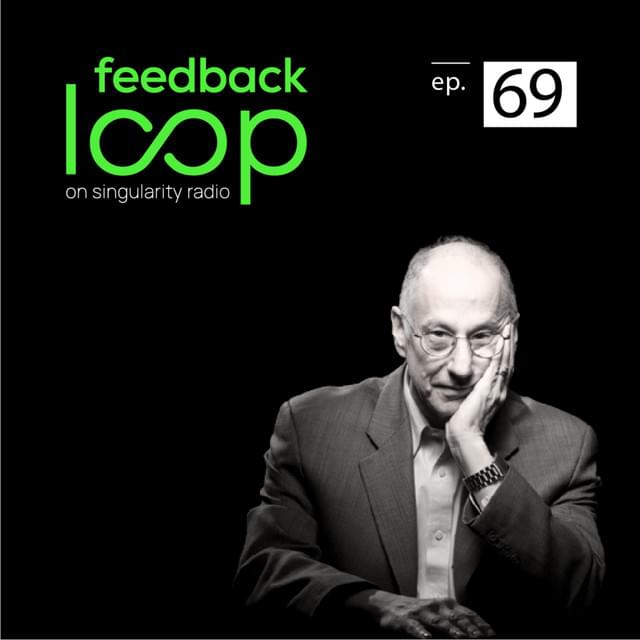Sea Wave Energy Ltd (SWEL) has been working for more than a decade on a floating wave energy device it calls the Waveline Magnet. With several prototypes tested on-and off-shore, the company claims it delivers “ultra low cost,” with high output.
Solar electricity generation is proliferating globally and becoming a key pillar of the decarbonization era. Lunar energy is taking a lot longer; tidal and wave energy is tantalizingly easy to see; step into the surf in high wave conditions and it’s obvious there’s an enormous amount of power in the ocean, just waiting to be tapped. But it’s also an incredibly harsh and punishing environment, and we’re yet to see tidal or wave energy harnessed on a mass scale.
That doesn’t mean people aren’t trying – we’ve seen many tidal energy ideas and projects over the years, and just as many dedicated to pulling in wave energy for use on land. There are a lot of prototypes and small-scale commercial installations either running or under construction, and the sector remains optimistic that it’ll make a significant clean energy contribution in years to come.







